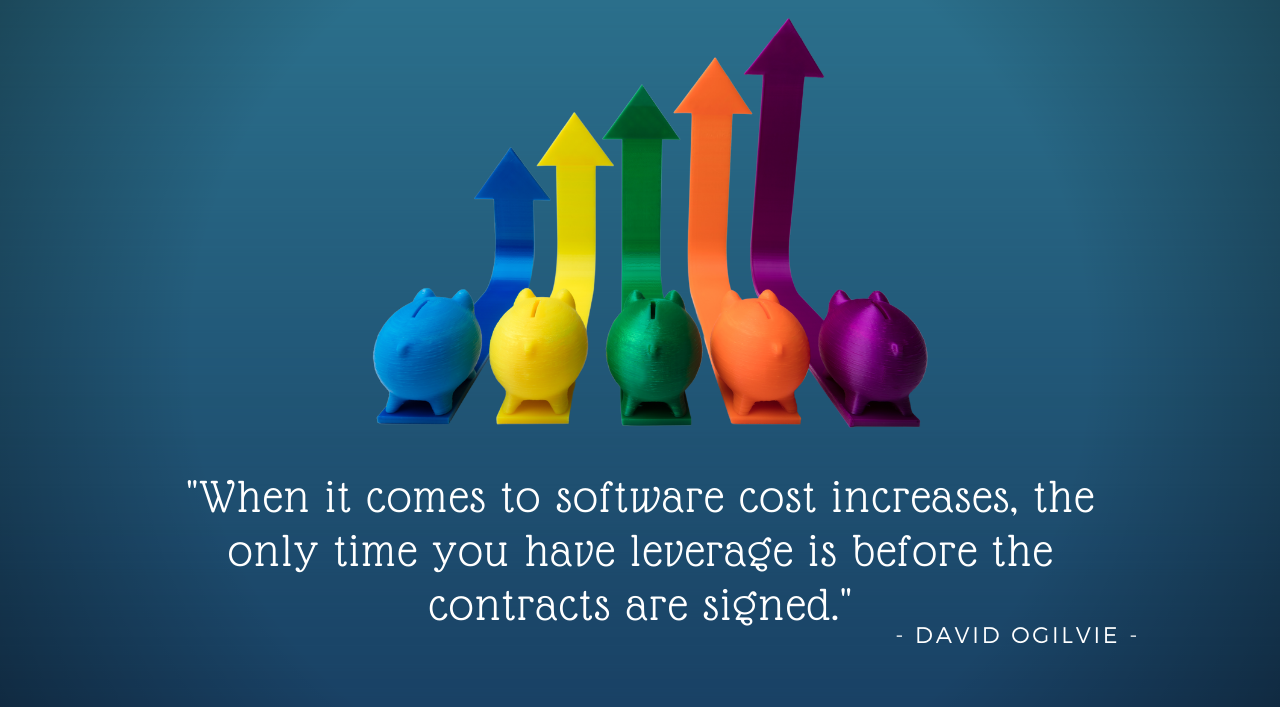
Software Vendors’ Increasing Prices
On the day I wrote this newsletter, I received an email from the supplier of my Microsoft Office products. As I am sure you all know, that includes my email server, MS Word, Excel and PowerPoint. I find it reflective of how the big tech companies treat customers. Let me explain.
My supplier is a Microsoft partner who provides managed IT services to businesses of all sizes. While I don’t use them for managed services, I do use them as my channel to purchase my licenses.
Their email notification simply gave me a heads up a price increase was coming, they provided no specifics. Not because they were slack, but because Microsoft had not yet provided the details.
The email said:
“Microsoft made an announcement that they would be changing the pricing structure across the board for their Microsoft 365 Products. This price increase will vary depending on the product and license. The price increase amount will be confirmed on the 01 of March 2022. Initial investigations have placed the price increase between 8-20% dependant on the license.”
Further, it explained:
“Microsoft mentioned that they have not had a substantial price update in the last 10 years and during that time, Microsoft have continued to grow and improve their product lineup. Microsoft has grown to over 300 million customers with varying demands and complications.”
My immediate response was:
- My view is the Office suite of products has not had any substantial increase in functionality. The most obvious to me is the ability to use dictation – which I currently don’t use, but will try.
- With over 300 million users, I suspect Microsoft feel they have reached a point where they have control.
- The cost of goods sold, on software, doesn’t change much once the product has been written. It is not like inflation has a major impact on the inputs to the product – outside of the cost of developers, which they outsourced to low-cost countries many, many years ago. Yes, there is the cost of developing enhancements, but they are not obvious.
- The cost of bug fixes, of which there are many, is present of course. However, one could argue if the quality of the product was there in the first place – like manufacturers, this cost would be dramatically minimised.
So as you can tell, I am suspicious why this cost increase is necessary. I accept there is the additional cost of cloud computing, that is the physical servers these applications run on. So as the user base increases the need for more servers to run the growing account numbers increases. However one would think Moore’s Law would help offset this increase and that the cost of the service would have been built into the original cost. Much like a component cost for a manufacturer.
This is a cautionary tale for executives looking to embark on any digital transformation or ERP program. Part of my proprietary ‘Sure Select’ methodology includes the contract negotiation component of the selection process, in that, we work with software owners and their partner networks to agree on “rise and fall” clauses that are acceptable to both parties, before you sign the contracts. This is the only time you have any leverage.
Alas as a small business, my leverage in this situation is infinitesimal. Make sure you fully understand the amount of leverage you have in your technology purchases.
Sincerely,
David